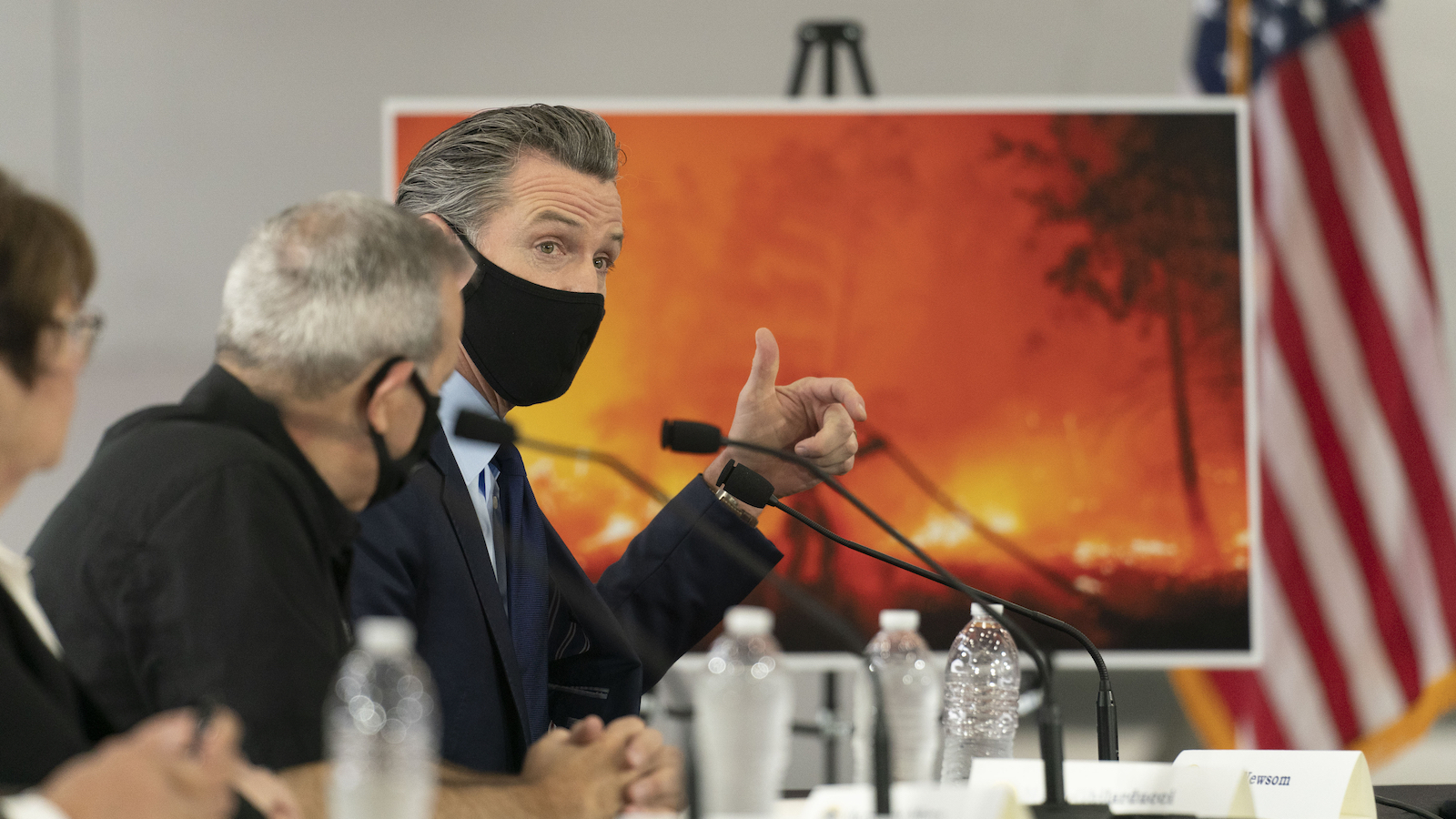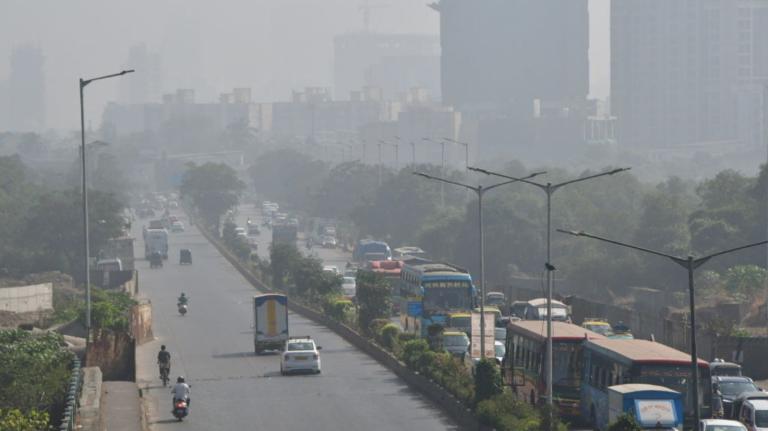California Governor Gavin Newsom announced ambitious goals last July for reducing the state’s greenhouse gas emissions ahead of schedule. Newsom called for the California Air Resources Board, the state’s top climate regulator, to “evaluate pathways” for the state to become carbon neutral by 2035 — a decade earlier than planned — as well as phase out the extraction of oil entirely. The risks from extreme heat, sea level rise, and impacts on environmental justice communities make it urgent to act quickly, he said, because “we don’t have time to delay.”
On Tuesday, that strategy hit a roadblock when the agency, or CARB, released its draft plan for meeting the state’s emissions targets. It categorically rejected Newsom’s 2035 carbon neutrality goal as too expensive, arguing that sticking to 2045 was more reasonable. In order to meet the more advanced target, the state would have to phase out gas-powered cars earlier than currently planned, the agency found, as well as remove fossil fuel infrastructure like natural gas appliances from homes and buildings.
“The modeling shows that the ambitious target towards 2035 does result in some significant costs that will have significant economic impacts,” CARB Chair Liane Randolph told reporters in a virtual meeting, according to E&E News. “When you’re trying to transition away from fossil fuels, you need to replace that activity with something else. … The 2045 target allows us to fold in those costs over time.”
Instead, CARB called for reducing petroleum use by about 90 percent by 2045, and making up for any remaining emissions by “expanding actions to capture and store carbon,” including new methods for drawing carbon out of the atmosphere that have yet to be proven on a large scale. It also lays out how California can meet its legally mandated goal of reducing greenhouse gas emissions by at least 40 percent below 1990 levels by 2030, which would include widespread electrification and an end to fossil fuel infrastructure in all newly constructed buildings.
CARB’s governing board will now have to vote on the plan, which will be finalized by the end of the year. But scaling back the state’s more assertive climate action could be one indication of the difficult road ahead for decarbonization, as the country moves toward slashing greenhouse gas emissions by mid-century. The governor’s office hasn’t said whether the recommendation will drive Newsom to walk back his carbon neutrality target.
“California is on the front lines of the climate crisis and the Governor remains bullish on our aggressive climate goals,” a spokesperson for the governor’s office told Grist over email. “The Governor welcomes the release of CARB’s draft Scoping Plan and looks forward to engaging on the finalization of the state’s climate plan.”
California’s emissions reduction objectives were originally set by the previous governor, Jerry Brown, who in 2018 issued an executive order requiring the state to achieve carbon neutrality “as soon as possible, and no later than 2045.” Newsom followed up by banning the sale of gas-powered vehicles after 2035, and directed CARB to investigate how the state could end oil extraction by 2045. He then announced the 2035 carbon neutrality target in July 2021 and instructed CARB and the California Public Utilities Commission to study how they could achieve this accelerated goal.
CARB’s draft plan says that it “starts — and ends — with a focus on communities that continue to be burdened by air pollution and will be hardest hit by the impact of climate change and rising temperatures.” But environmental justice groups criticized the document’s recommendations, saying that delaying the move toward carbon neutrality would be detrimental to the health of vulnerable Californians and the climate.
Some also criticized what they saw as undue influence from oil industry groups like the Western States Petroleum Association, or WSPA, which has spent over $17.5 million lobbying the California Legislature and other state officials since 2019, the Daily Kos reported in February. The WSPA and other oil and gas corporations and trade associations, including oil giant Chevron and the gas company Sempra Energy, spent $6 million in the first quarter of this year alone.
The plan is “disastrous for climate and leaves working class Californians behind,” Martha Dina Argüello, the executive director of Physicians for Social Responsibility-Los Angeles and co-chair of CARB’s Environmental Justice Advisory Committee, said in a press release. “At a time when California needs to be phasing out fossil fuels, our top air regulators are bowing to fossil fuel lobbyists at the expense of our health and future.”
Environmental groups also took issue with the plan’s continued reliance on natural gas as a “transition fuel” that’s less polluting than oil or coal but still a major source of greenhouse gas emissions. The plan calls for building the equivalent of at least 33 new large gas power plants, according to estimates from Sierra Club California, and “relies on expensive and unproven technology” in the form of carbon capture and sequestration to meet its emission reduction targets.
“Although CARB staff seem to recognize the urgency of the climate crisis in their presentations to the Board each month, the draft scoping plan does not have that same sense of urgency,” Brandon Dawson, director of the California branch of the Sierra Club, said in a statement. “CARB must select a pathway to carbon neutrality that is faster and delivers significant reductions in greenhouse gas emissions, air pollution, and adverse health impacts.”



